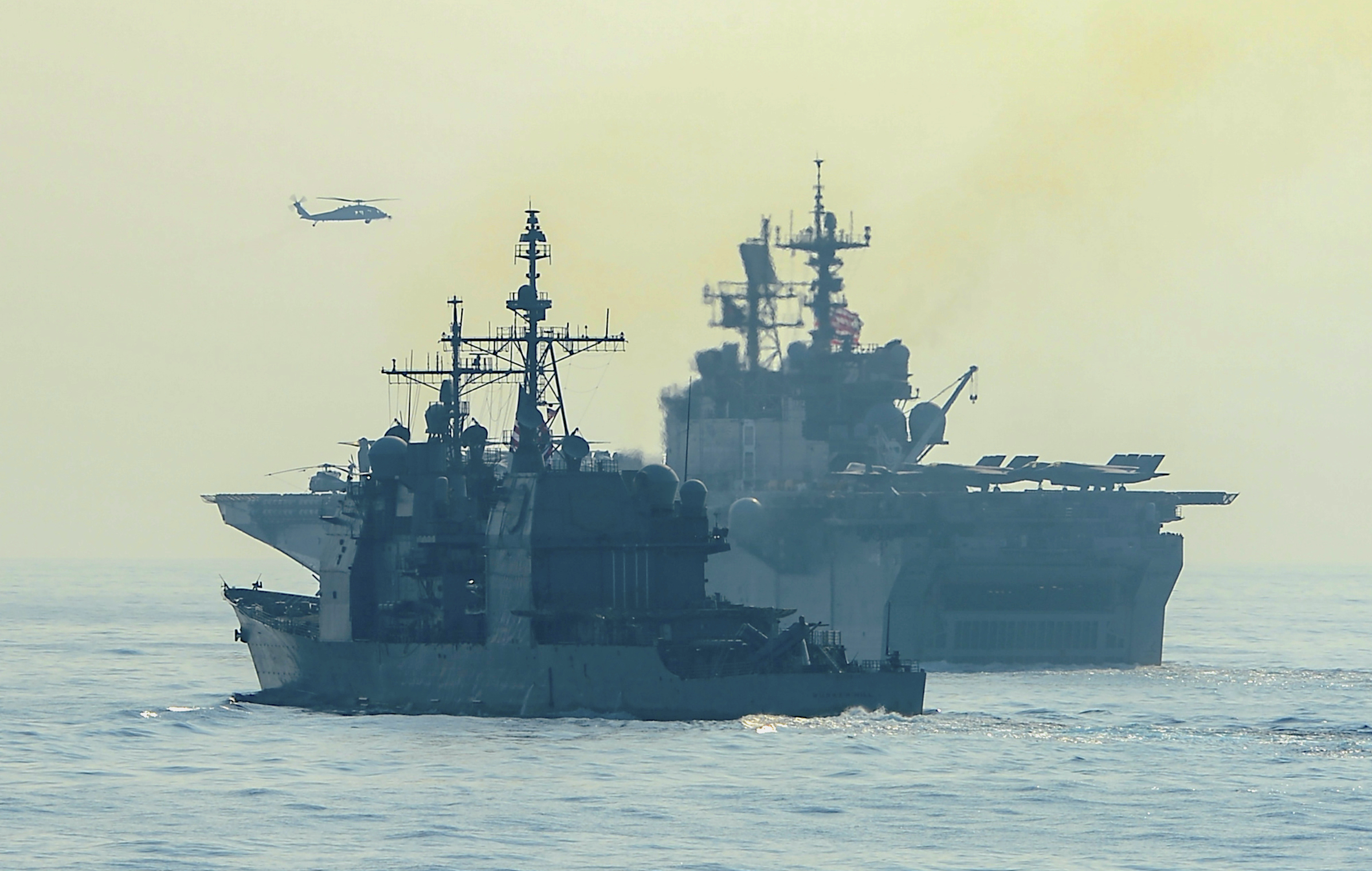
Lawmakers Say Latest Shipbuilding Plan Doesn’t do Enough to Counter China
The Biden administration’s budget request, which would decommission ships while ramping up Navy investments for 2045 fails to counter China…
Copyright 2024 U.S. Naval Institute. All Rights Reserved.